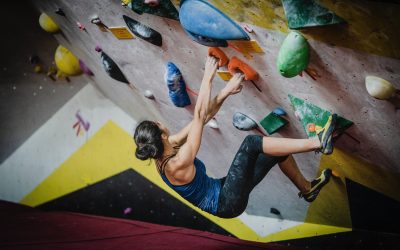I was eating dinner with some close friends the other night. Their daughter attends high school in the area – a traditional academic-and-sports-oriented campus in which students’ progress is closely monitored via testing. My heart goes out to those families caught within this performance-based trap.
But their daughter made a comment that caught me by surprise. This happens occasionally when you think that those closest to you share similar world views. Then a remark makes you rethink just what your friends must be absorbing and reflecting in their day-to-day lives.
Their daughter brought up the topic of a group of students who had been educated in a Waldorf school through the eighth grade. Those students had transferred to her high school. I assume they made this switch since the local Waldorf school didn’t offer a high school curriculum.
A Waldorf school offers a unique perspective upon education. Their pedagogy emphasizes a holistic approach to the young persons’ education, wherein their own interests are yoked with their academic pursuits. It emphasizes the arts as a fundamental component of the student’s growth.
During the dinner conversation, she commented upon these new students’ activities during the lunch hour. “You can’t believe it,” she said, “they are from a different planet. They actually climb trees during break. It is ridiculous!”
My response was – good for them! The more trees they climb the better. It links those kids to something that seems altogether foreign to more mainstream students. Having an intimate connection with the earth makes those kids stand out. Maybe even ridiculed. Those kids have the courage to make known that they do not come from a different planet. On the contrary, these students are deeply invested members of this planet.
They climb trees as a pastime, without any conscious notion that this activity offers a concrete reward. Besides a little much-needed exercise, these students establish a relationship with that tree they are climbing. They discover its characteristics more fully and then can transfer that knowledge to an array of academic avenues, such as biology, wherein a deep understanding of how bark grows on a tree might be important, or an English class, in which they are studying a poem about a tree. That poem comes to life with those students’ tactile impressions of that tree limb.
But even further than academic pursuits, those kids understand how it feels to touch that tree. They know what those limbs feel like under their fingers. And, in turn, that tree in the schoolyard begins to trust those fingers sliding up its limbs. In its own imperceptible way, that tree bears witness to the growth of that student from freshman to senior year, and then graduation. Just like that, the students have begun a conservation with another member of this planet.
We should continue to climb trees, until our joints give out on us. The activity literally affords us vistas that we cannot otherwise achieve. Encountering the new horizon that the tree limb offers allows you to more fully engage with the natural world. Artists are people who habitually go out on a limb. They stretch themselves into both real and imagined vantage points. These perspectives are fundamental. They allow the artist to see things a little bit differently than the rest of humanity. Find yourself a tree. Climb on.




